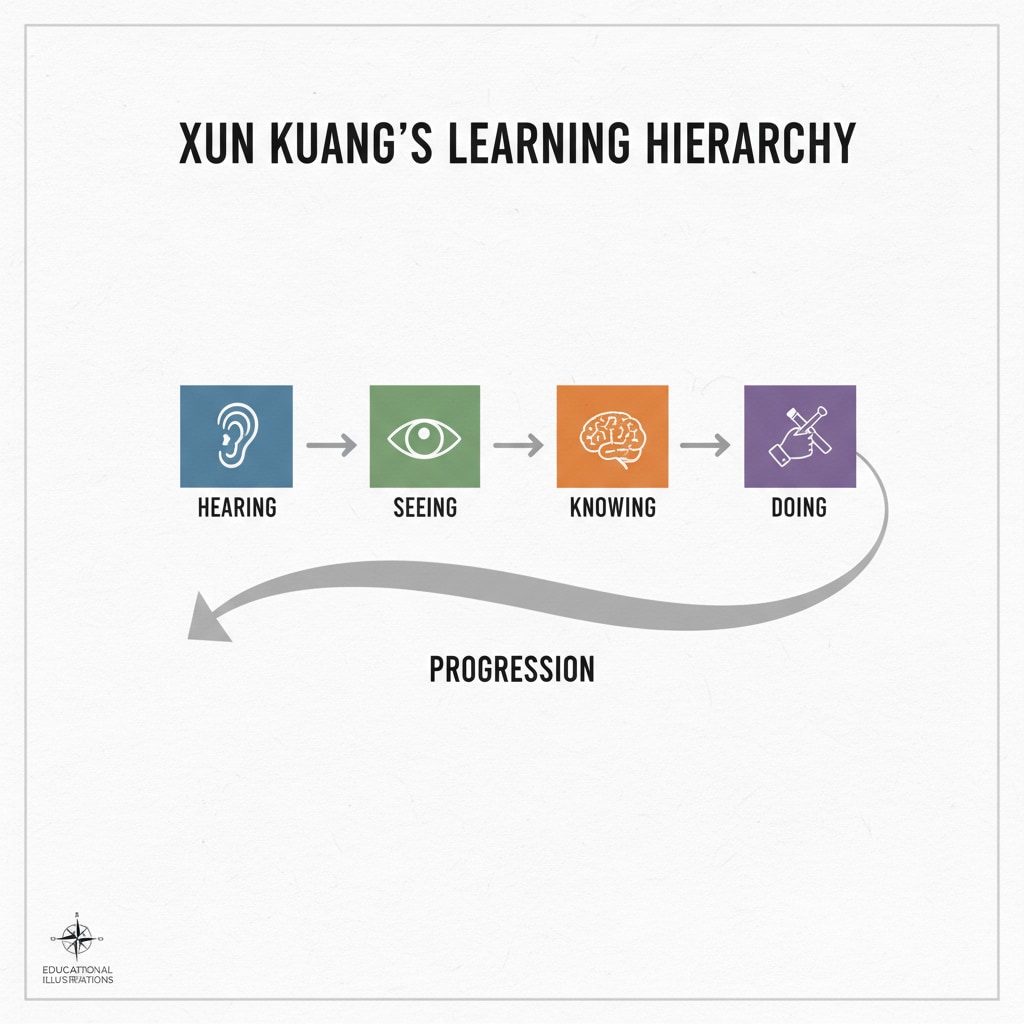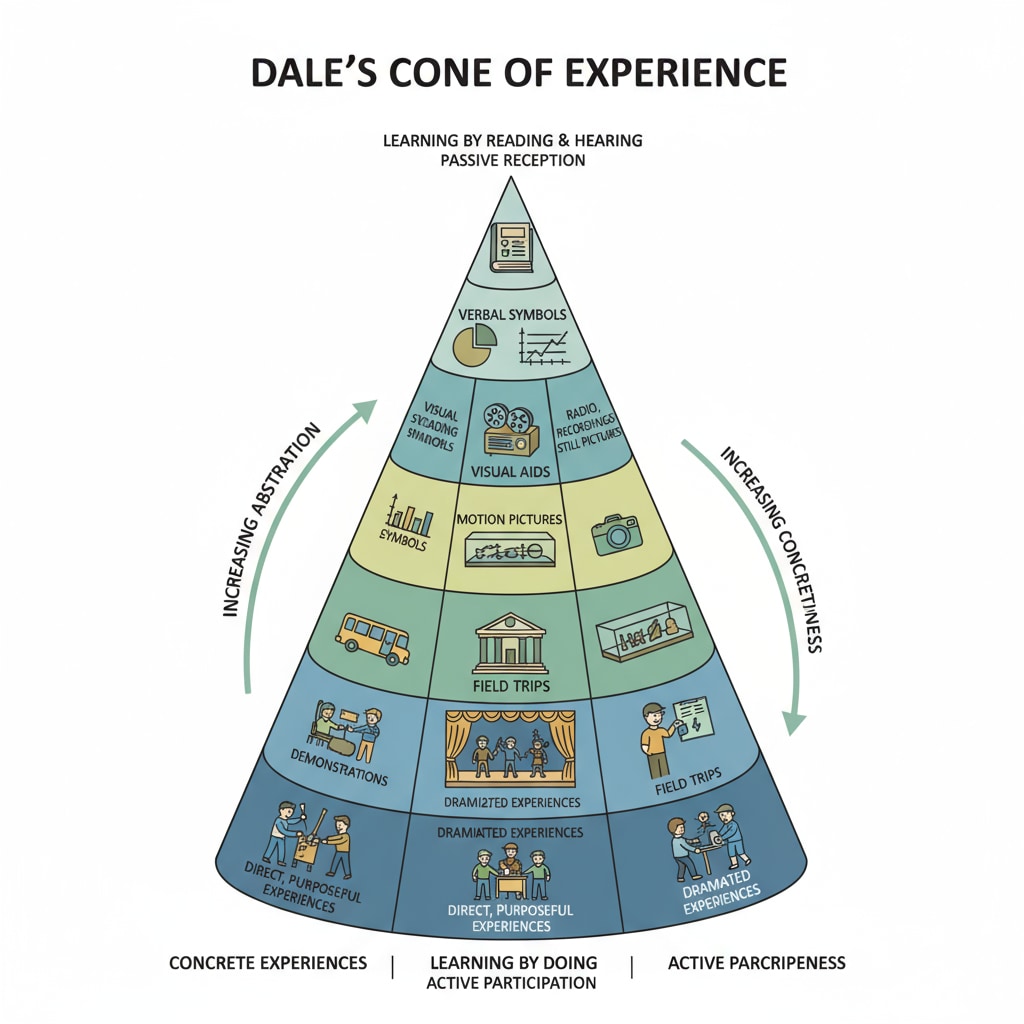Learning theories, Cone of Experience, practical learning, and Xun Kuang have long been integral parts of educational discussions. The concept of how we learn has evolved over time, with ancient wisdom and modern research both contributing valuable insights. In the realm of K12 education, understanding these elements is crucial for enhancing students’ learning experiences.
The Ancient Wisdom of Xun Kuang
Xun Kuang, an ancient Chinese philosopher, proposed a learning hierarchy of “hearing, seeing, knowing, doing”. Hearing is the initial stage, where students receive information passively. Seeing takes it a step further, allowing for visual verification. Knowing implies a deeper understanding of the knowledge, and doing is the ultimate goal, where students apply what they’ve learned. This framework emphasizes the importance of hands-on experience in the learning process. For example, in a history class, students might first hear about a historical event, then see related artifacts or images, gain a better understanding of the context, and finally, through role-playing or project work, truly internalize the knowledge. Xun Kuang on Wikipedia

The Modern Perspective – Dale’s Cone of Experience
In modern times, Edgar Dale’s Cone of Experience has revolutionized our understanding of learning. The cone depicts different types of learning experiences, with the most concrete at the bottom and the most abstract at the top. Direct, purposeful experiences like field trips and experiments are at the base, providing the most vivid and memorable learning. As we move up the cone to more symbolic representations such as reading and listening, the learning becomes less hands-on. This theory aligns with Xun Kuang’s ideas in highlighting the significance of practical experiences. For instance, a science experiment in a laboratory (a direct experience) is likely to leave a more lasting impression on students than simply reading about the same experiment in a textbook. Cone of Experience on Britannica

The application of these theories in K12 education is far-reaching. By integrating practical experiences based on these concepts, educators can enhance students’ engagement and understanding. For example, the use of VR technology in the classroom provides immersive, multi-sensory experiences that mimic real-world scenarios. This aligns with both Xun Kuang’s and Dale’s ideas, as it allows students to actively participate and gain a deeper understanding of the subject matter.
In conclusion, learning theories, Cone of Experience, practical learning, and the wisdom of Xun Kuang all point to the importance of hands-on experiences in K12 education. By incorporating these ideas into teaching practices, educators can create more effective and engaging learning environments for students.
Readability guidance: The article uses short paragraphs and lists to summarize key points. Each H2 section provides a clear explanation. Passive voice and long sentences are controlled. Transition words are added throughout the text to enhance flow.


